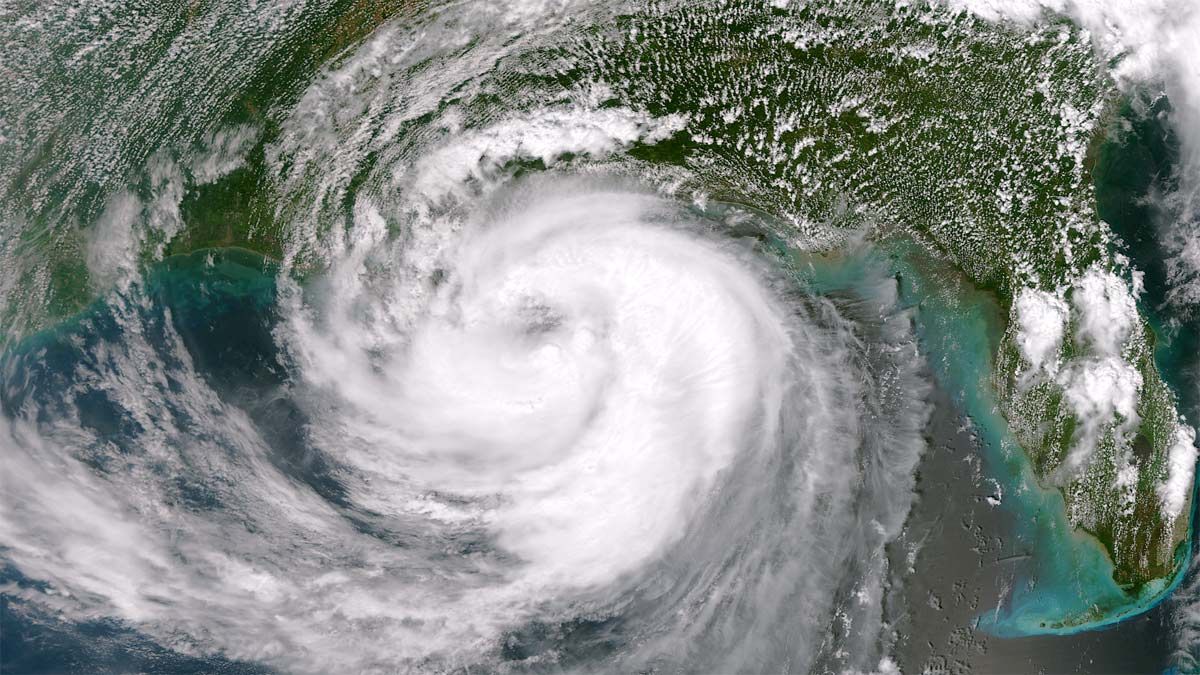Slow-Churning Isaac Captured in Detailed Satellite Image

A new satellite image of Hurricane Isaac reveals the storm swirling toward the Louisiana coast, obscuring much of the eastern Gulf of Mexico.
The image was captured at 1:35 p.m. CDT (1735 UTC) on Aug. 28 by the Suomi NPP satellite. The orbiter snapped the image between the hurricane's two landfalls last night. The storm first hit land in Plaquemines Parish, La., at 6:45 p.m. CDT (1145 UTC) and then moved back over water for several hours until 2:15 a.m. CDT (0715 UTC), when it made landfall again near Port Fourchon, La.
The Category 1 hurricane is weakening as it moves inland this morning (Aug. 29). As of 9 a.m. CDT (1400 UTC), the storm's maximum sustained winds were blowing around 75 miles per hour (121 kilometers per hour), according to the National Weather Service (NWS). Water overtopped a levee in Plaquemines Parish, causing major flooding.
The center of Hurricane Isaac is now about 40 miles (64 km) southwest of New Orleans, the NWS reported. The storm is expected to move over Louisiana today and tomorrow, bringing rain to southern Arkansas by Friday.
About the size of a small school bus, Suomi NPP orbits the Earth about 14 times each day, observing nearly the entire planet surface. Among its five instruments, the Visible Infrared Imaging Radiometer Suite (VIIRS) is responsible for the detailed, swirling image of Hurricane Isaac.
Follow Stephanie Pappas on Twitter @sipappas or LiveScience @livescience. We're also on Facebook & Google+.
Sign up for the Live Science daily newsletter now
Get the world’s most fascinating discoveries delivered straight to your inbox.

Stephanie Pappas is a contributing writer for Live Science, covering topics ranging from geoscience to archaeology to the human brain and behavior. She was previously a senior writer for Live Science but is now a freelancer based in Denver, Colorado, and regularly contributes to Scientific American and The Monitor, the monthly magazine of the American Psychological Association. Stephanie received a bachelor's degree in psychology from the University of South Carolina and a graduate certificate in science communication from the University of California, Santa Cruz.











